Facial Contouring Surgery
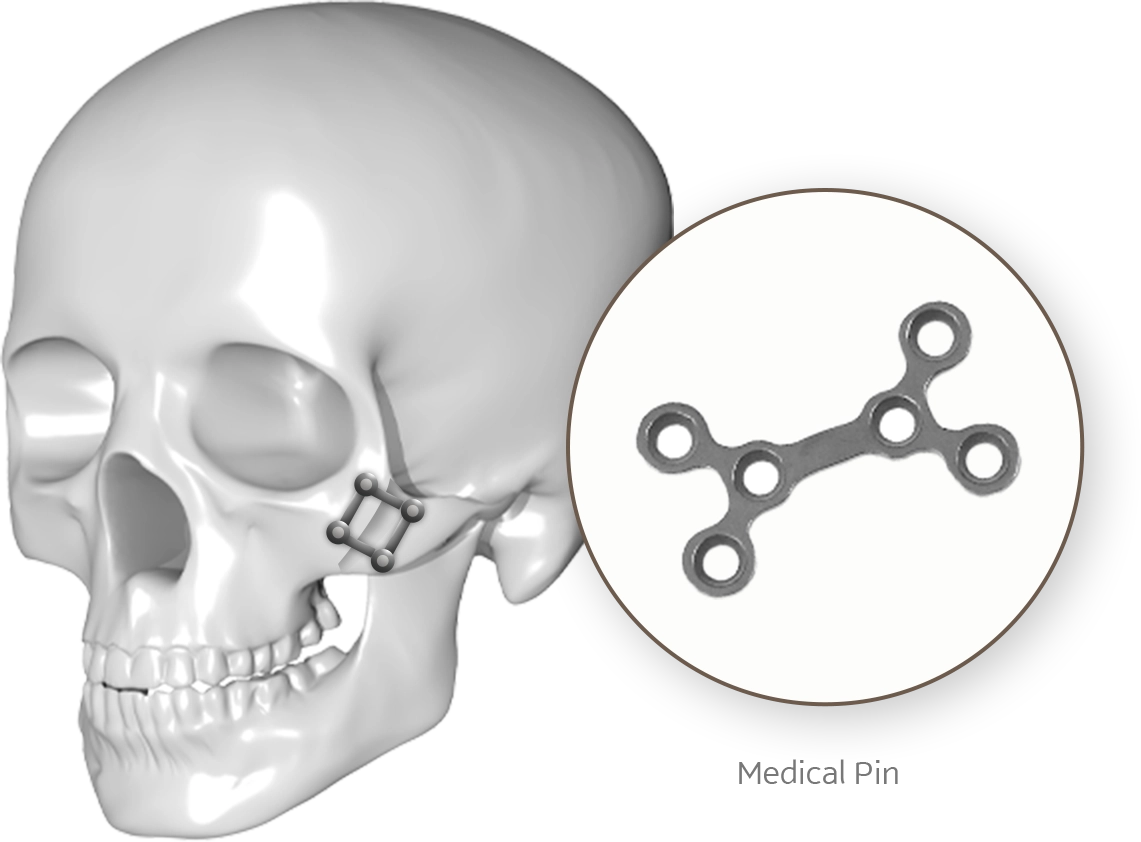
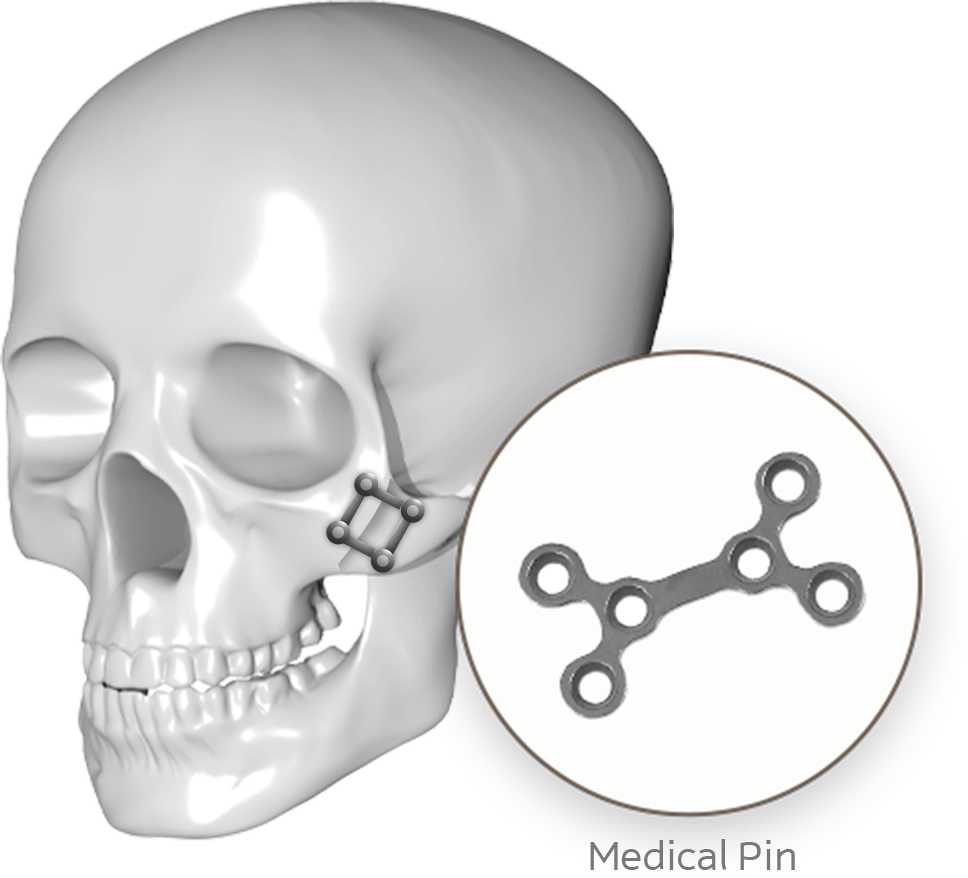
Before Pin Removal in Contouring
State in which specially manufactured medical pins are attached
Contouring Pin Removal Surgery
(Pin and Plate Removal)
Facial contouring surgery is performed by osteotomizing
and repositioning the cheekbones or jaw, which are the causes of
irregular, protruding, and angular facial features.
To assist with proper bone fusion during the procedure,
specially manufactured medical pins are attached.
Some patients may wish to have the fixation pins
used during contouring surgery removed.
This procedure is called pin removal surgery.
Expertise
of Specialists
Minimal
Incision
Removal Only
of the Necessary Portions
345 Youtube
Watch the Video on
Contouring Pin Removal Surgery
Check out the video to see how pin removal surgery is performed after facial contouring surgery.
345 Youtube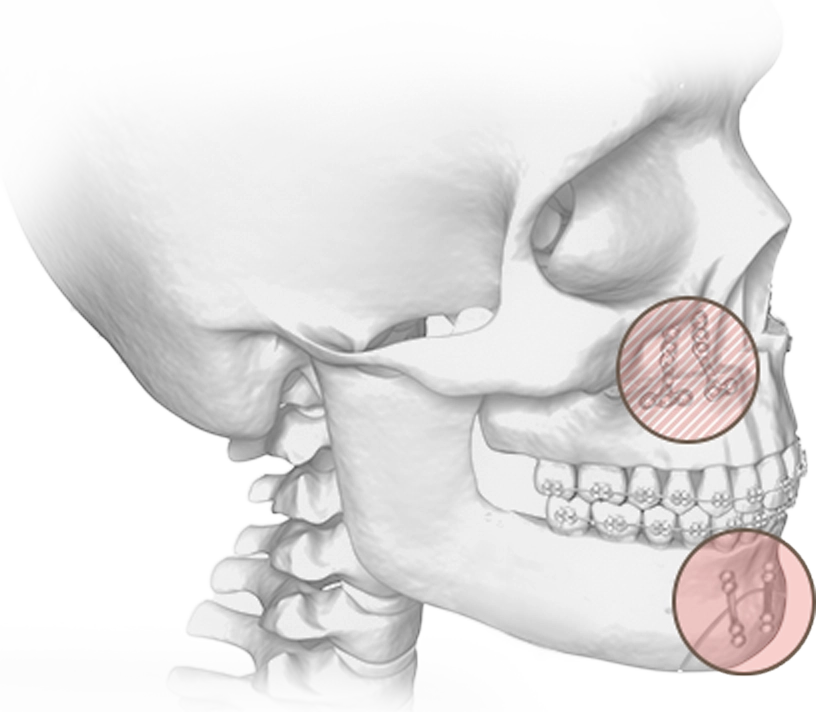
Simple Pin Removal
for the Desired Areas
After contouring surgery, pin removal can be performed on the areas desired by the patient, such as the cheekbones or jaw.
First, Enhanced Safety
Second, Capability for Experienced Surgical Execution
Third, Minimal Incision
Plates and screws removal
A facial contouring specialist directly performs the pin removal surgery
The physician who performed the facial contouring surgery
directly conducts the pin removal surgery.
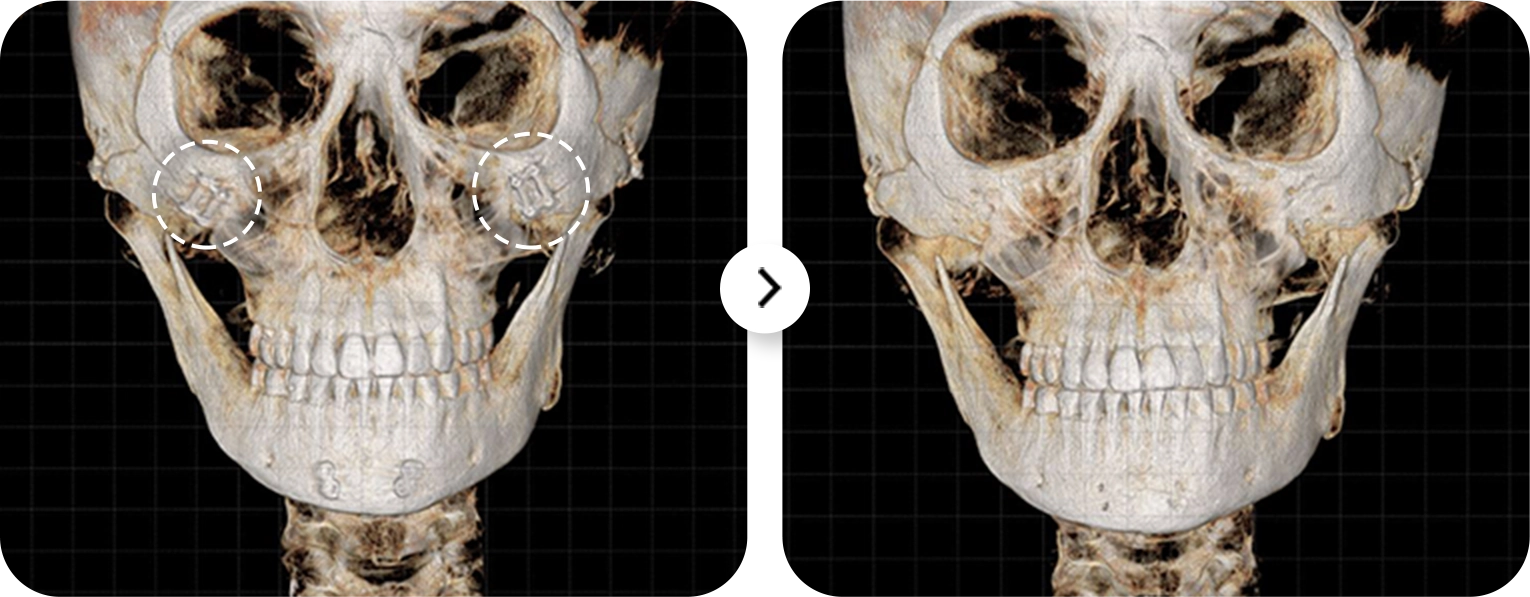
recommended timing for plates and screws removal
Approximately 12 months—before the bone becomes attached—and within 24 months, before the pins become embedded in the bone, is optimal.
it is best to proceed around 12 months to 24 months post-surgery.
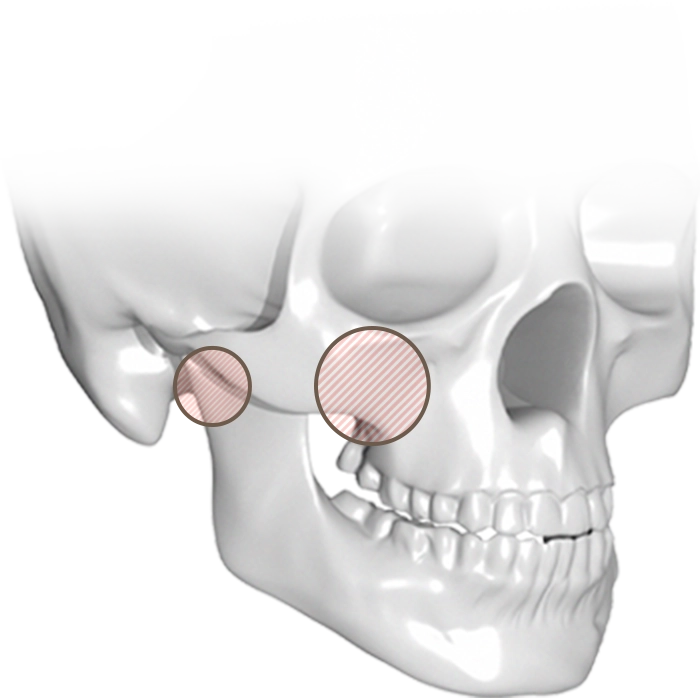
STEP 01
Minimal Incision

STEP 02
Dissection to the Target Area
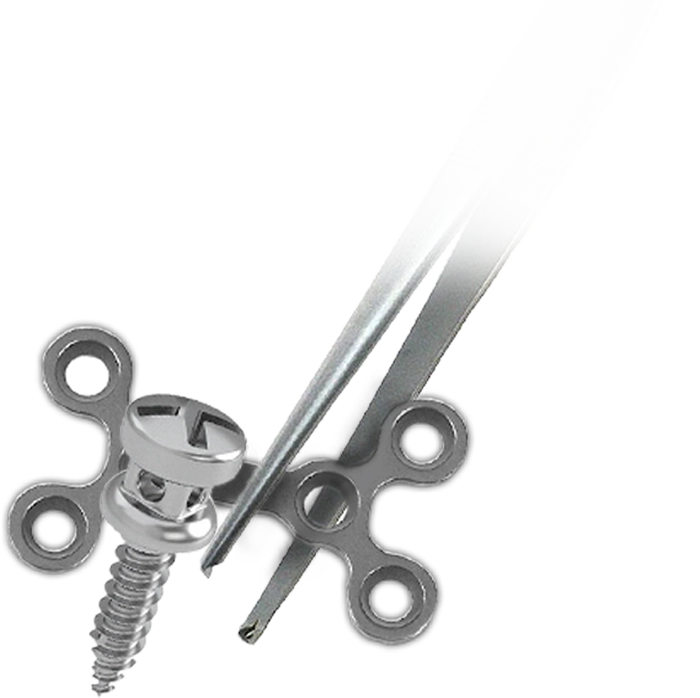
STEP 03
Removal of Pins and Plates
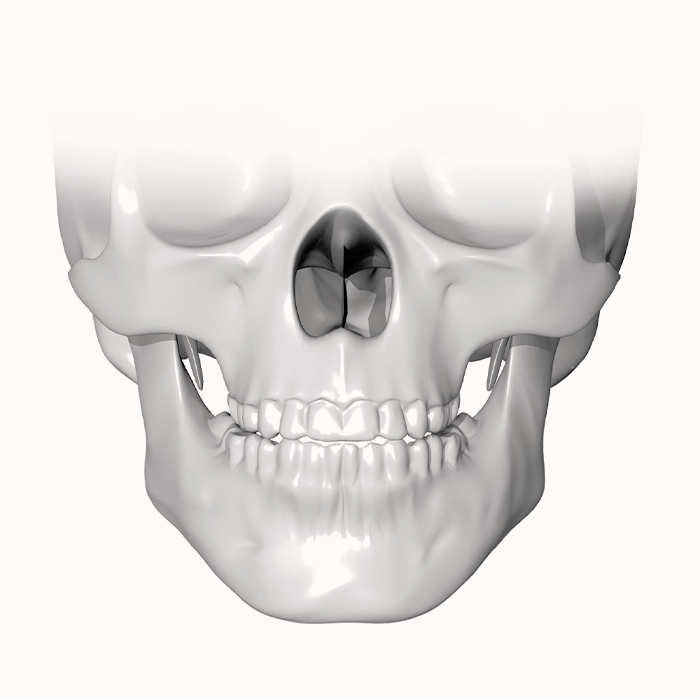
STEP 04
Suturing and Finishing
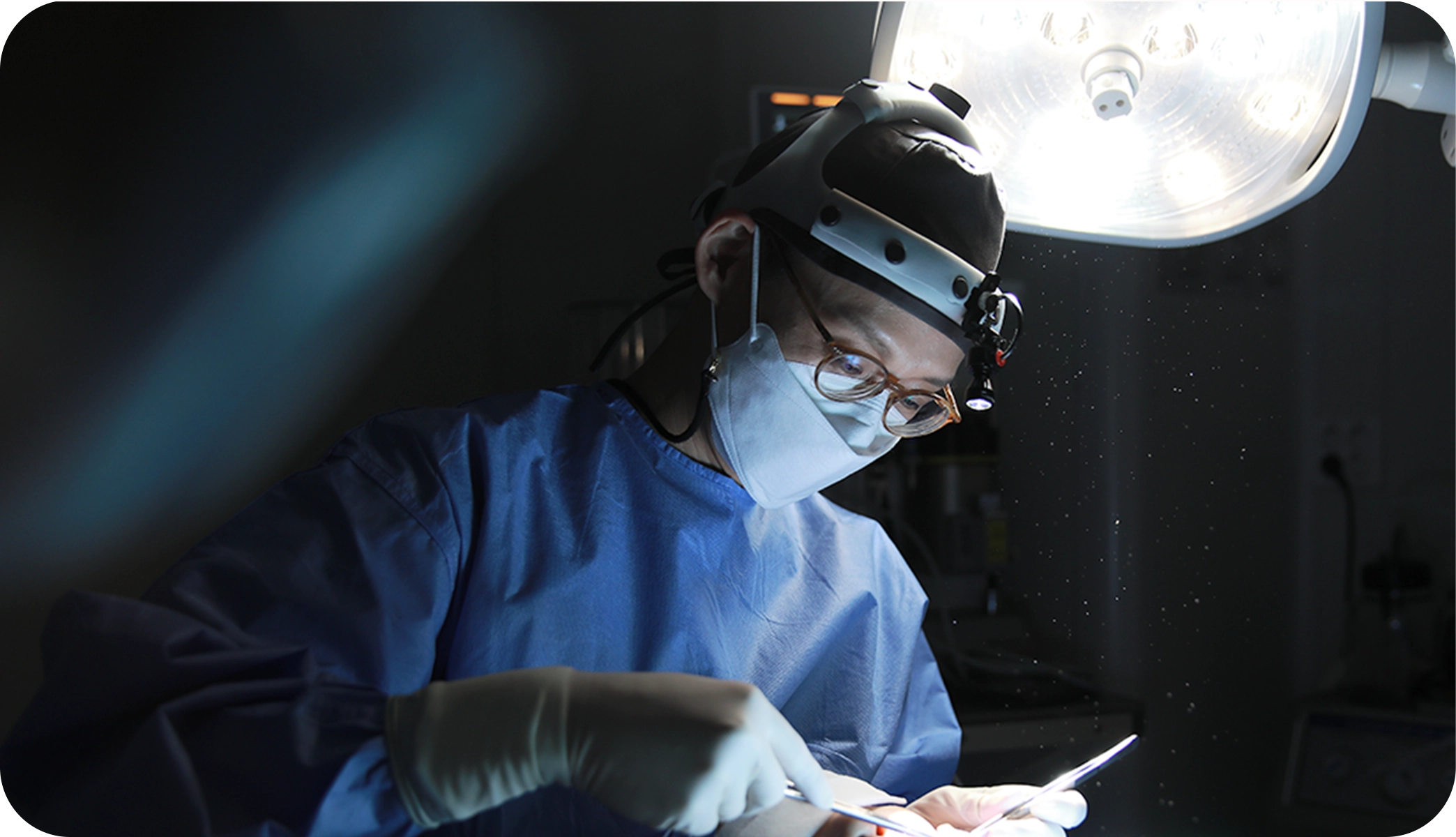
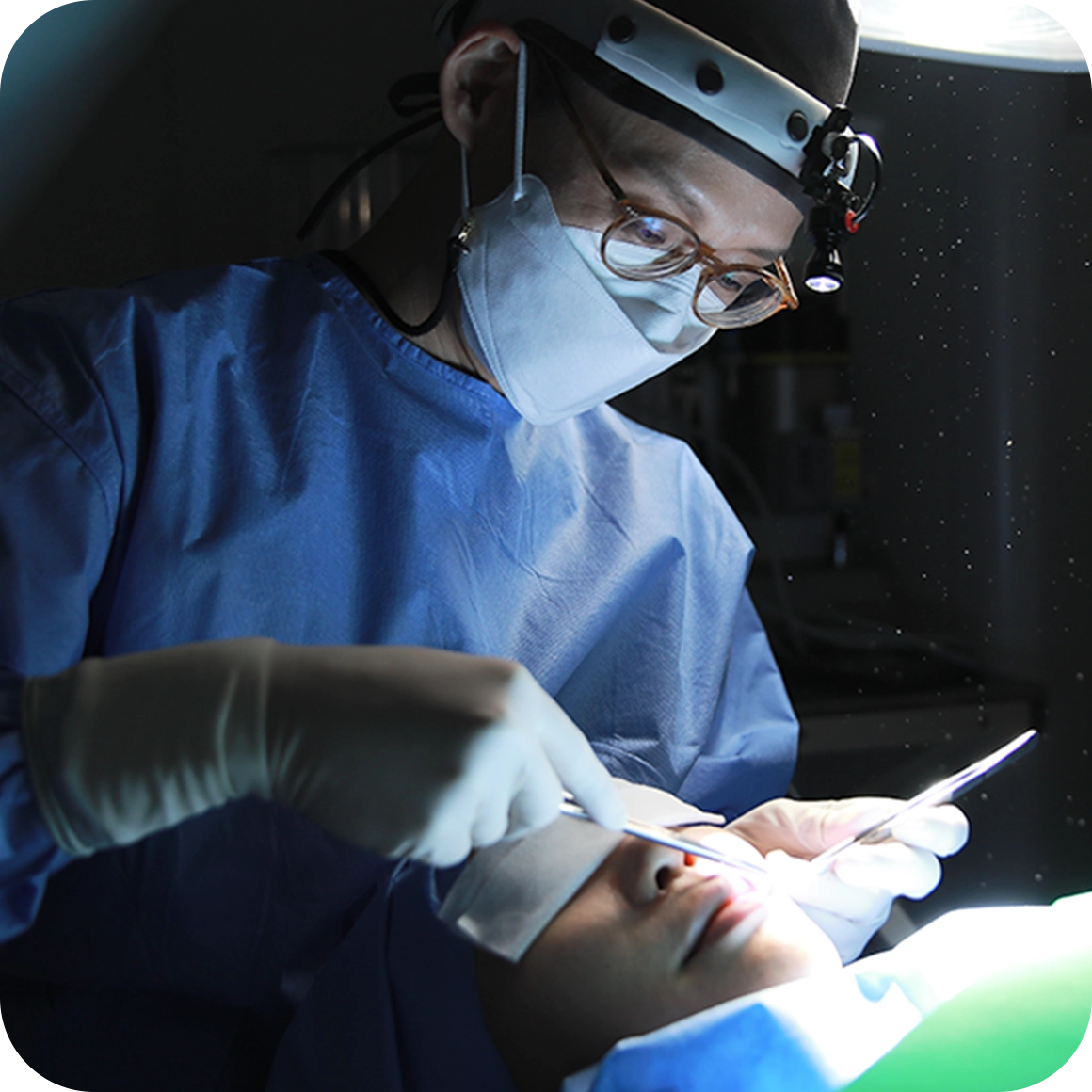
Plates and screws removal
Pin removal surgery performed with minimal incisions to minimize scarring.
Contouring Pin Removal Surgery Info
A Quick Overview of
Contouring Pin Removal Surgery
Check out the information on pin removal surgery that minimizes scarring.

Surgery Time
30 minutes ~ 1 hour

Anesthesia
Hospital Stay
Same-day discharge
Follow-Up Visits
1 ~ 2 visits
(suture removal 1 ~ 2 times)
Recovery
Daily activities possible after 1 day
Recommended target
Recommended for
these individuals
Are you concerned about surgery?
Feel free to inquire!
01
First, Radiation Imaging
If the exposure of pins during radiation imaging (X-ray, CT) is burdensome
02
Second, Removal of Foreign Material
03
Third, Surgical Scars
If you want to erase the traces of facial contouring surgery
04
Fourth, Natural Results
Frequently Asked Questions
About Facial Contouring
When can the screws be removed after facial contouring surgery?
There is no fixed rule for removing the screws. However, after a long period post-surgery, bone may cover the screws or plates, making removal more difficult. It is best to remove the screws (plates) after the bone has fully healed, before any bone buildup or secondary changes occur. While removal is possible starting from 6 months post surgery, our clinic typically recommend waiting around 1 year post surgery for screw removal.
Will cheek sagging always occur after cheekbone reduction surgery?
Generally, when undergoing bone surgery, the reduction in bone structure causes the surrounding tissue to shrink accordingly. The time (recovery period) and degree of this shrinkage can vary depending on the individual. If a significant amount of bone is removed due to highly developed cheekbones, or if there is already sagging skin, the outcome may differ. However, it cannot be said that cheek sagging will definitely occur just from cheekbone reduction surgery.
During consultations, it is possible to predict the extent of sagging, and it is advisable to plan the surgery based on the current condition. At our clinic, if sagging is expected, we often combine the surgery with a lifting procedure, referred to as “Cheek Lifting,” (Zygoma) to address this concern.
Can I undergo orthodontic treatment after facial contouring surgery?
Orthodontic treatment can generally begin about 1 month after facial contouring surgery without any issues. During the first month post-surgery, you are in the recovery phase, and actions like opening your mouth or chewing may be uncomfortable and different from before the surgery, so caution is necessary.
Additionally, surgeries such as cortical bone removal or masseter muscle reduction may be performed simultaneously, causing the surgical areas to become tightly healed. As a result, opening the mouth may not feel as natural. If you are considering orthodontics, it’s recommended to first go through the recovery process for about a month. Since recovery times vary among individuals, it’s important to consult with an orthodontist to determine if you can proceed with treatment based on your current condition.
Why is there a loss of sensation after cheekbone surgery?
There is one important nerve to be cautious of during cheekbone surgery—the infraorbital nerve, which is responsible for sensation in the front cheekbones, lips, and gums. Depending on the dissection area, the nerve may be slightly stretched, which can lead to a temporary decrease in sensation in the affected area.
However, as long as the nerve is not cut or severely damaged during the surgery, sensation will gradually return over time, so there is no need to worry.